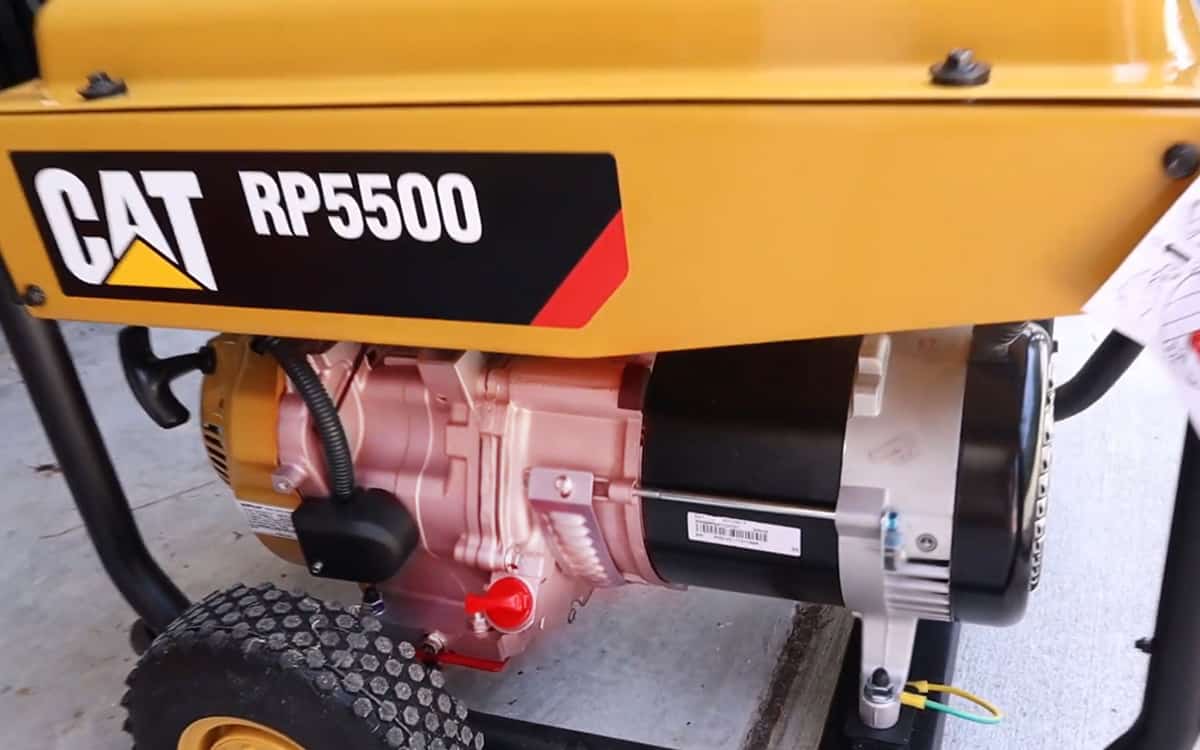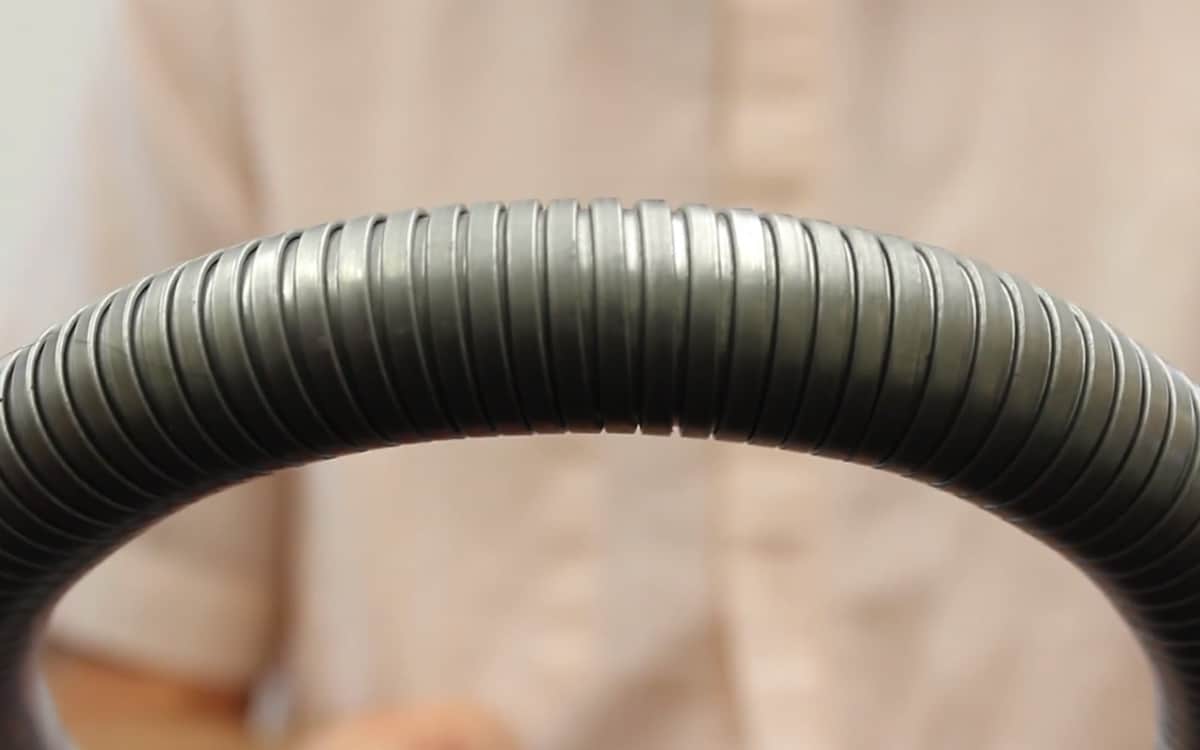Portable generators create a lot of heat as a by-product of creating energy. The heat is expelled through the exhaust.
The average temperature reading of portable generator exhaust is 600 degrees Fahrenheit. It can reach up to a thousand degrees Fahrenheit. The temperature is affected by factors like the size, type, and fuel source of the generator.
Effects Of Overheating Portable Generator

The primary negative effect of overheating is the reduced shelf-life of the generator. The extreme heat will undoubtedly damage the generator components. It will cause binder degeneration, also known as “binder burn out.” This will reduce the integral strength of the generator insulation, causing them to sag and slump. The intense vibration from the generator will cause the degeneration to accelerate. It’s very important to have an exhaust pipe extension to drive the excess heat away from the generator.
How To Make An Exhaust Extension
An exhaust extension allows you to vent the heat exhaust away from the generator. This is ideal for unventilated areas so that you can prevent the room from overheating. This also protects you from other hazardous by-products like carbon monoxide and sulphur.
Find The Diameter Of The Exhaust
Measure the diameter of the exhaust of your portable generator by using a ruler or a tape measure. Add a quarter of an inch to the measurement to make sure that the extension will fit over its mouth. You can just secure the excess with a clamp later on.
Find The Length
This depends on where you wish to redirect the heat exhaust of the generator. Measure the distance from your generator to the nearest window. There are extension materials that range from six feet to fifty feet. You may opt for something longer so that you can still move the generator around.
Look For The Appropriate Exhaust Flex Tubing

A flex tube, as the name implies, is a flexible tube that is designed as such for easy routing. Go for galvanized tubes so that they have better resistance against the heat exhaust of the generator.
Get The Appropriate Clamp
The clamp ensures that the junction that connects the exhaust tube extension to the actual generator exhaust is airtight. This prevents any leaks and it securely fastens the extension tube to the exhaust of the generator.
Get a clamp that will fit the diameter of your extension tube. Most pipe clamps can be adjusted so that it’ll fit snugly. If you can’t find pipe clamps, you can use hose clamps.
Connect And Route
Place one end of the extension tube over the opening of the generator exhaust. Place the clamp to wrap both tubes and then tighten it to result in a leak-free connection. Be careful to not tighten too hard because you might damage the pipe which can result in leaks. Don’t let the clamp be too loose because the pipe might become dislodged or it can cause leaks that can cause you discomfort, especially if your room is unventilated.
Route the pipe to a well-ventilated area. This can be outside a window or under a garage. The strong stream of generator exhaust may cause the tube to move around so make sure to fasten it in place using heat-resistant items, like some rope.
Safety Tips
A portable generator can be a lifesaver during SHTF situations. However, it can become a fire and safety hazard when misused. Here are some fundamental safety guidelines you should keep in mind when operating a portable generator.
Don’t Run In Wet Weather
The electrical energy created by the generator can electrocute you in wet weather. Water is an excellent conductor of energy. It can easily seep into electrical outlets and electronic gadgets that are powered by the generator. The generator itself can also get damaged by the water. Make sure to operate the generator in strictly dry areas.
Never Operate Indoors
The generator exhaust is very dangerous if operated indoors, both to the user and the generator. The user is at risk of suffocation and carbon monoxide poisoning. At best, the generator exhaust will cause the room to overheat which will make you uncomfortable.
The generator itself can also be damaged by the excess heat. Poor ventilation will trap the heat near the generator and its components will be damaged by the extreme temperature.
Most generators exude heat from all sides, so make sure to clear the area around it of any flammable items like papers or fabric.

